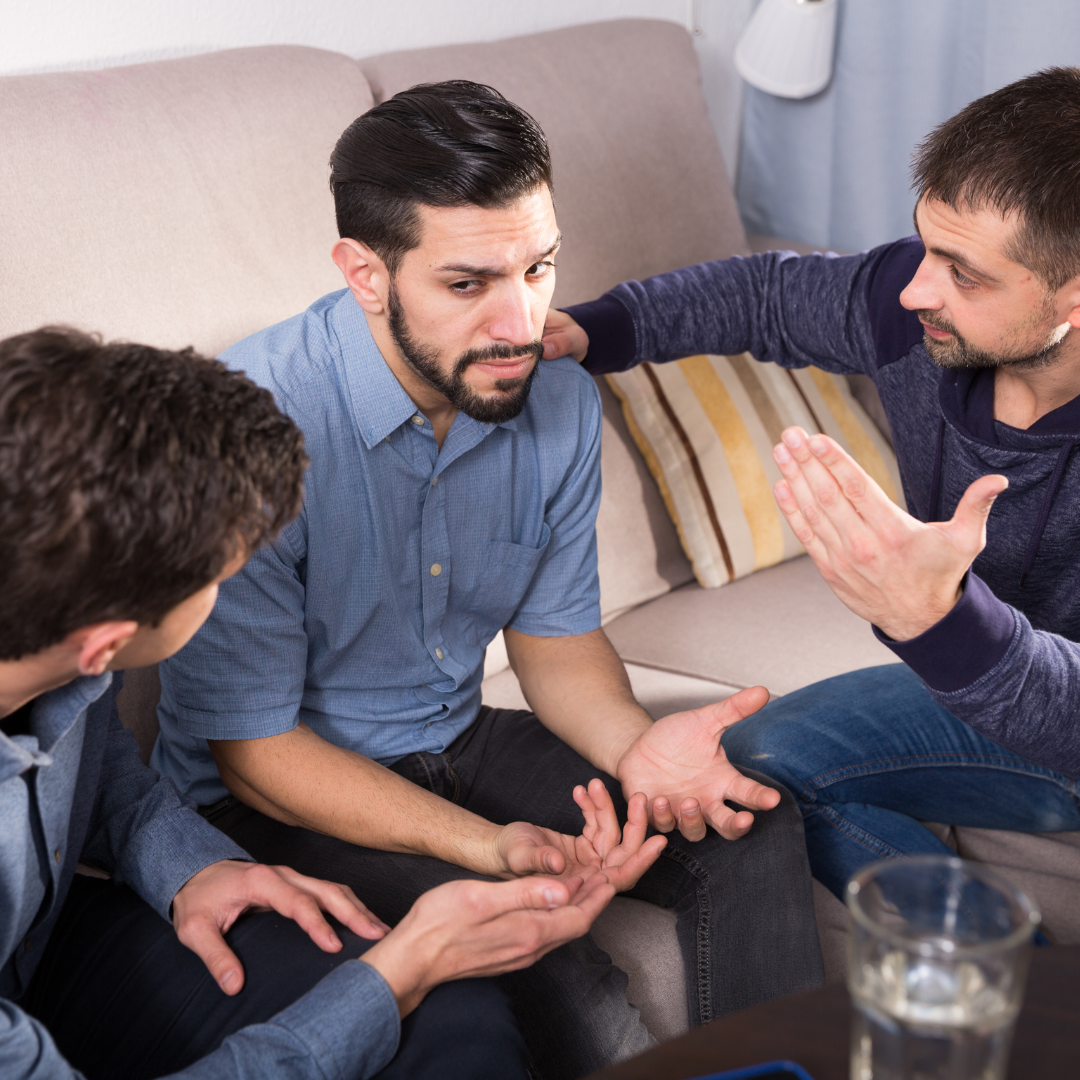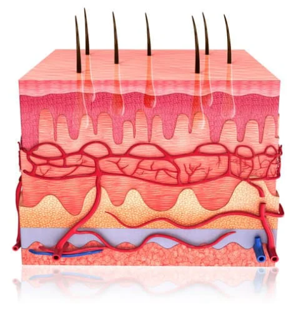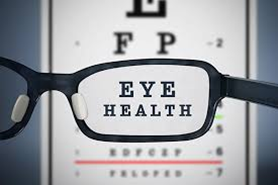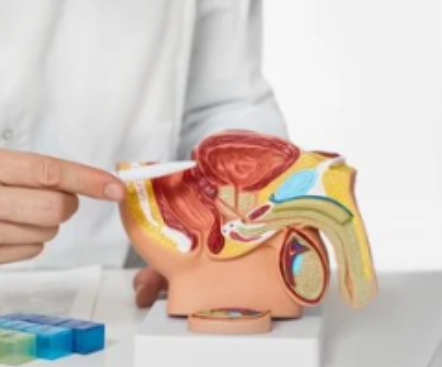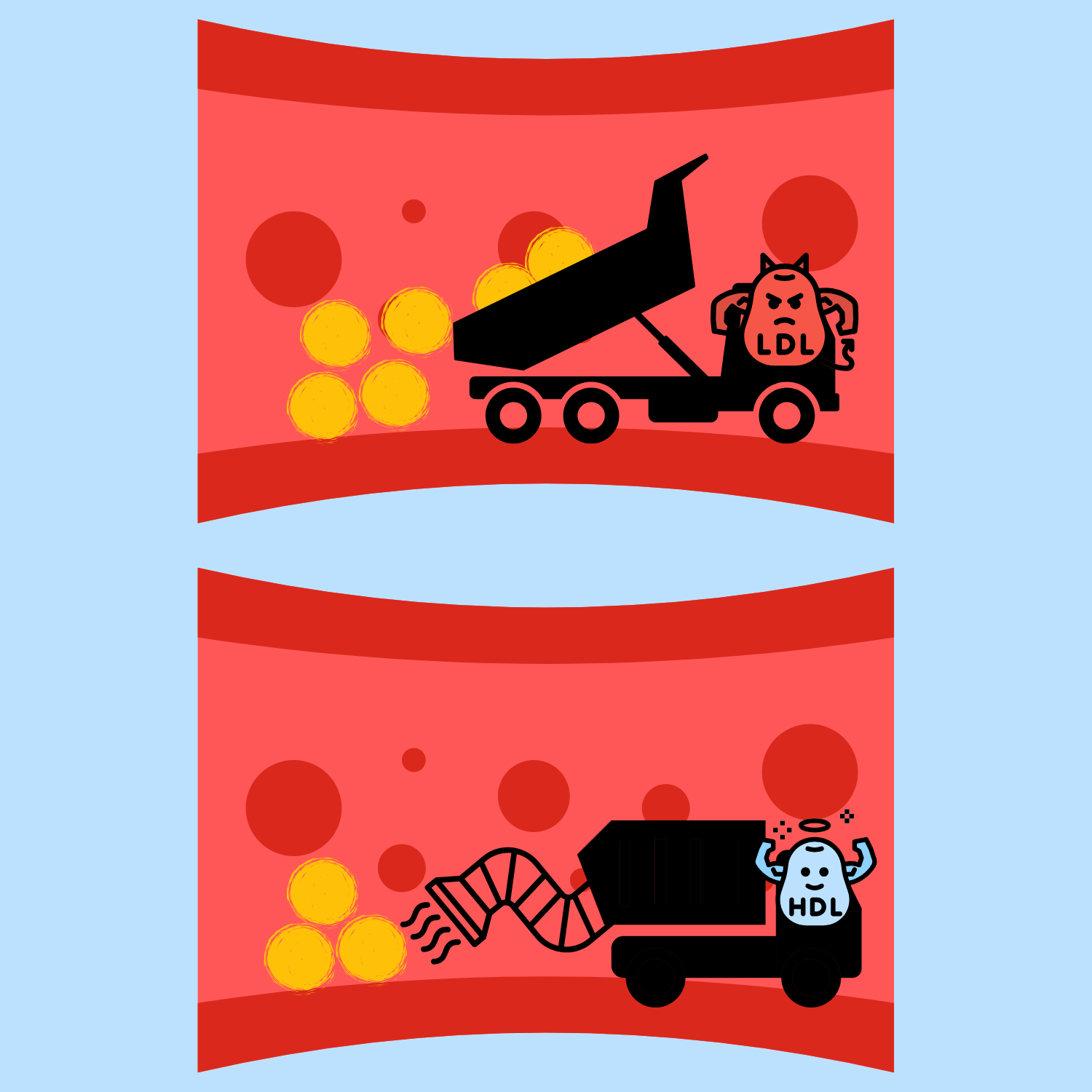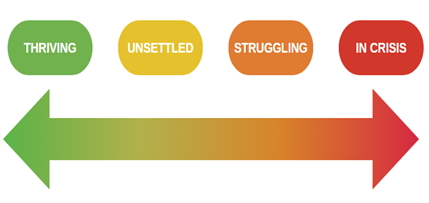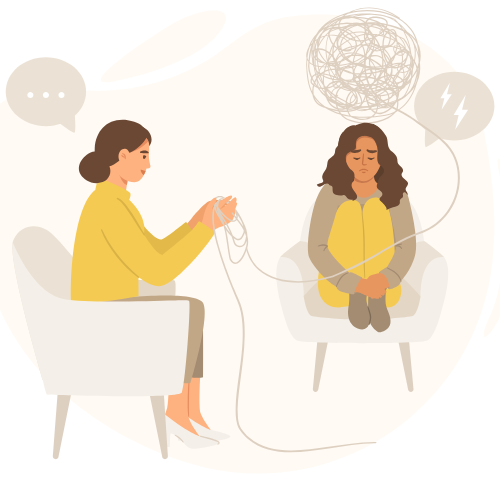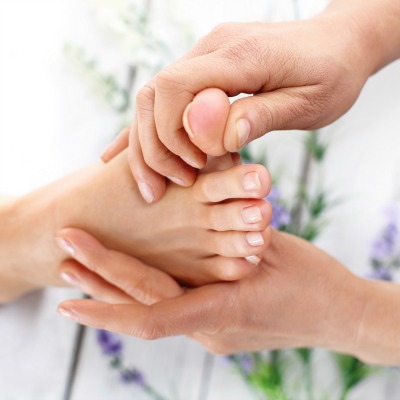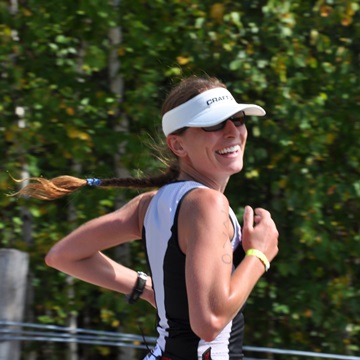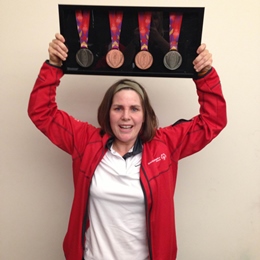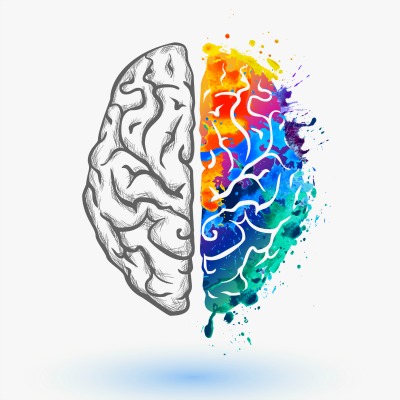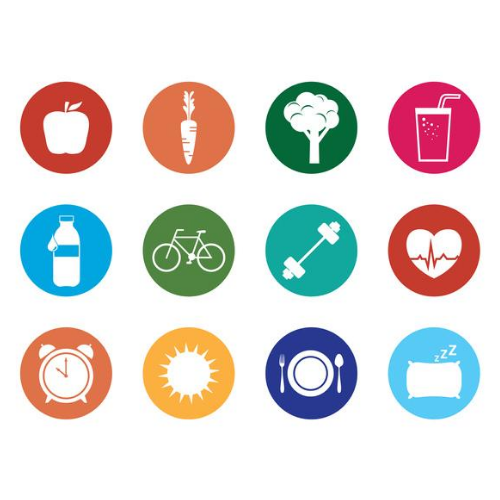
Started a new exercise program? Changed up your old one? Feeling muscle soreness the next day in muscles you didn't even know you had?

If you have ever pushed yourself hard in a workout or played your first soccer, hockey, or football game of the season, you know what I’m referring to. It is the next day feeling of aching muscles in your body you didn’t even know you had. Why do they hurt so much and is this muscle soreness a bad thing?
Delayed onset muscle soreness (DOMS) is the term used to describe this uncomfortable next-day sensation. It can result from any type of activity that uses your muscles in a way that your day-to-day routine typically does not involve. Scientists believe the pain is from small microscopic tears that occur in the muscle. Don’t be alarmed, this process merely means your muscles will repair themselves to be stronger than before!
Activities that cause DOMS all cause your muscles to lengthen while a force is being applied. This is called eccentric contraction. Examples of this type of movement include the lowering phase of a bicep curl or the lengthening of your thigh muscles as you run down a hill. Regardless of whether you are a professional athlete or someone who is new to exercise, all people are susceptible to DOMS.
As your body adjusts to the new ways you are moving, the severity of the soreness will decrease. In fact, just one session of soreness-producing exercise is enough to reduce the chance of developing soreness in that same activity for weeks or months into the future.
If you wish to reduce the severity of DOMS, the key is to ease into your activity. Allowing your muscles time to adapt to the new stress should help to reduce the soreness. While a proper warm-up and stretching routine is important in preventing injury, these things have not been shown to reduce or prevent symptoms of DOMS.

































































